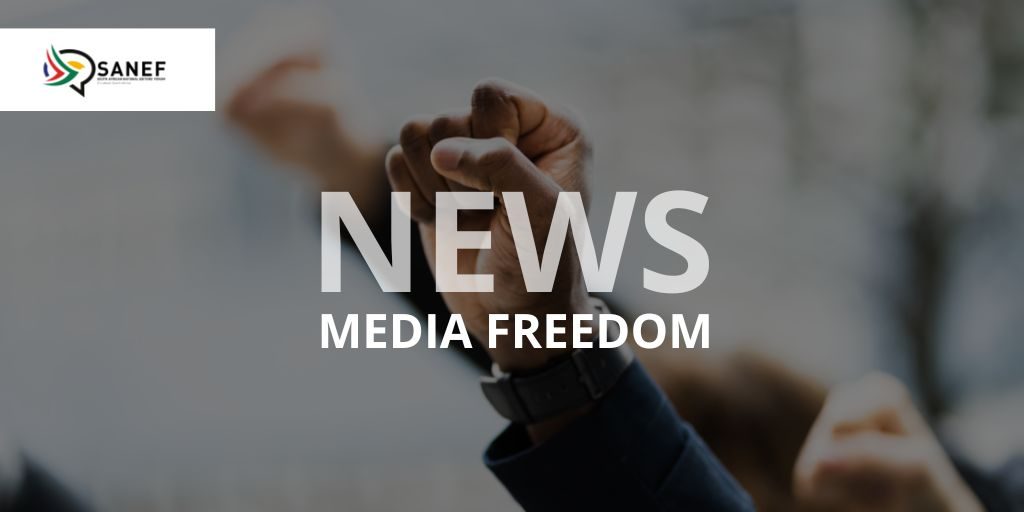Gender a Media Freedom Issue for Women’s Day
06 August 2010
As South Africa pauses to focus on both the plight and the achievements of women on Women’s Day, Monday 9th August, the SA National Editors’ Forum appeals to newsrooms and news outlets to assess their progress along the path of engendering their newsrooms at every level, and of ensuring their content reflects the voices and stories of women – who make up the majority of the country’s population.
Sanef’s commitment to facilitating processes aimed at engendering the South African media, was triggered by research presented to members at an AGM a few years ago. It revealed that only 17{2469049d4765708acc81cf9a9945e9ec8fb710558d9eddbbea6bd15c42014f67} of views, images, and stories in the media in 12 Southern African countries reflected the voices and opinions of women, showing that an important section of news was in fact missing from the media’s representation of issues and stories in society.
In newsroom ‘glass ceiling’ surveys carried out in 2006 and 2008, there was evidence of a lack of career paths identified for women and a dearth of gender policies. It was also revealed that discriminatory practices, structural inequalities, cultural factors, prejudices, patriarchy and sexism continued to plague South African newsrooms to a greater or lesser extent. Participants of the surveys also indicated that many newsrooms had poor enabling environments for change, and attitude change in particular.
Great strides have been made by several newsrooms in some instances, but overall those with a properly consulted gender and employment equity plan as well as identified career paths for women, were the ones that were most likely to have made progress in redressing the imbalances and skewed nature of news and newsrooms.
There are still examples of low numbers of Black women, and of women in general in top management; different working ‘deals’ for men and women (pay packet differences); gender division in some ‘beats’; (although women reporters are now making their presence felt in fields such as sport and business); sexual harassment, and of occasional archaic attitudes influencing newsroom practice e.g. “We expect women to be home at 6pm cooking and not at press conferences mingling with ministers.”
SANEF therefore calls on news leaders to ensure they have clear employment and editorial policies, with clear targets and guidelines for achieving gender diversity in media houses and in editorial content, as we believe they are not just elements of good practice, but are key elements of good governance within the media and of the media’s accountability to the public.
Sanef Deputy chairperson, Mary Papayya said: “Given the media freedom challenges we are currently facing it is more critical now than ever before that gender parity in our newsrooms and the voices of women in our media products remains a key priority. The role women play in the newsroom is an important one. How women’s voices and their challenges are portrayed in print, radio and on television, remains crucial. Such coverage shape society’s attitude about women and their role in a democratic SA.”
Issued by the South African National Editors’ Forum (SANEF)


